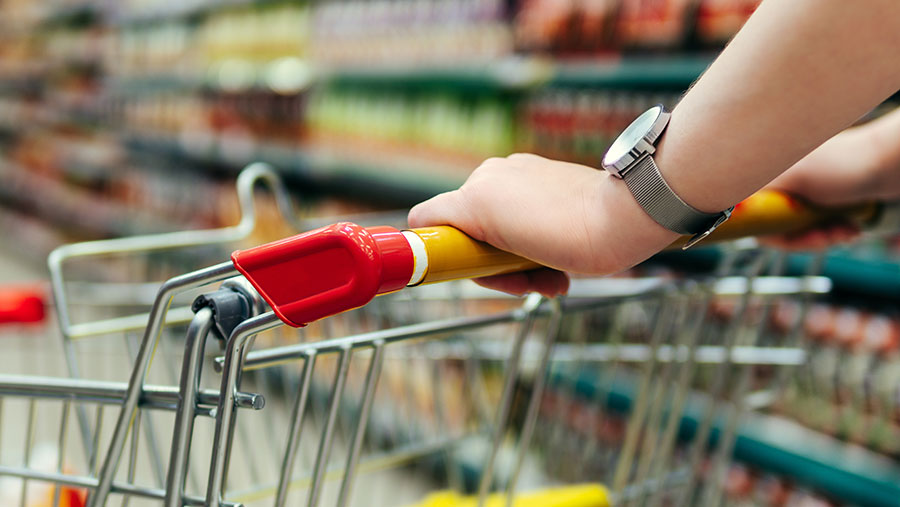FW Opinion: Retailer spats put us at risk of food shortages
 © Fascinadora/Adobe Stock
© Fascinadora/Adobe Stock Are there any winners in the food supply chain at the moment?
Not shoppers. They have seen prices rise as inflation bites, and the pain is starting to be felt.
In April, 7.3 million adults lived in households that said they had gone without food or could not physically get it in the past month.
See also: FW Opinion: Conspiracy not the culprit in Parish’s departure
This is compared with 4.7 million adults in January, according to research by the Food Foundation, a charity that tracks food insecurity.
Not supermarkets. They made good profits in the coronavirus crisis as we all stopped eating out, but now look set to get hammered from both sides – by consumers for not doing enough to keep prices low and by the supply chain for doing too much.
This week, Tesco chairman John Allen said many shoppers are facing real food poverty for the first time in a generation, after hearing checkout staff in his stores are frequently being told by customers to stop swiping items once they get to £40.
Not food processors or other parts of the supply chain.
They will live or die on their ability to pass costs through their hands and limit exposure to other linked companies going bust around them – a grim task that may get increasingly difficult if the economy stagnates.
And certainly not the farmer. Along with the consumer, they are the ones into whose lap many of these inflationary price rises have fallen.
Pig farmers are experiencing average losses of £58 a pig, and egg producers are losing 23.8p/doz before finance costs as a result.
This is the problem with inflation. There are few winners, apart from perhaps heavily borrowed businesses that manage to tough it out and see the value of their debt eroded away in time.
You could not have asked for a better example of all these issues coming to a head than this week’s Pig and Poultry Fair.
The sun shone and the flags fluttered, but in the crowded debating halls there were crossed arms, slumped shoulders and many a furrowed brow as producers totted up what they’ll lose on the next batch through the shed.
If anyone felt any sympathy for the supermarkets trying to hold down prices for struggling consumers, I didn’t meet them.
Representatives from all 10 retailers refused to face the music and were replaced by a selection of apologetic-looking cardboard cut-outs ordered in by the British Free Range Egg Producers Association.
Retailers that do the most to drive farmers deep into the red should recognise they will be the first without product to sell when that moment comes
The ideal grounds for boom-and-bust cycles are being created that will see good producers driven out of business and prices inevitably rise in the long term once they see gaps appearing on shelves.
That is the farmers’ side of the story. Why has the dairy industry managed to achieve significant price rises in the last year, but pigs and poultry haven’t?
Because supermarkets genuinely believe there would have been milk shortages by now, but perhaps don’t believe the same for the other sectors.
There is still a backlog of pork on farms as supermarkets top themselves up from Europe, and pork and egg consumption has pulled back from its pandemic high.
What they have failed to appreciate is we are not heading for a gentle retreat from peak output but a significant and rapid decline in production capacity that cannot be switched back on overnight.
Retailers that do the most to drive farmers deep into the red should recognise they will be the first without product to sell when that moment comes.
There will always be a price to pay for cheap food.

